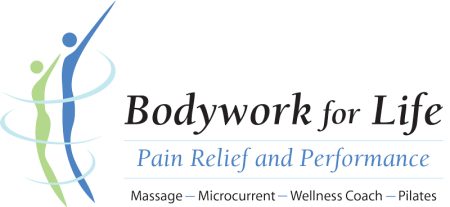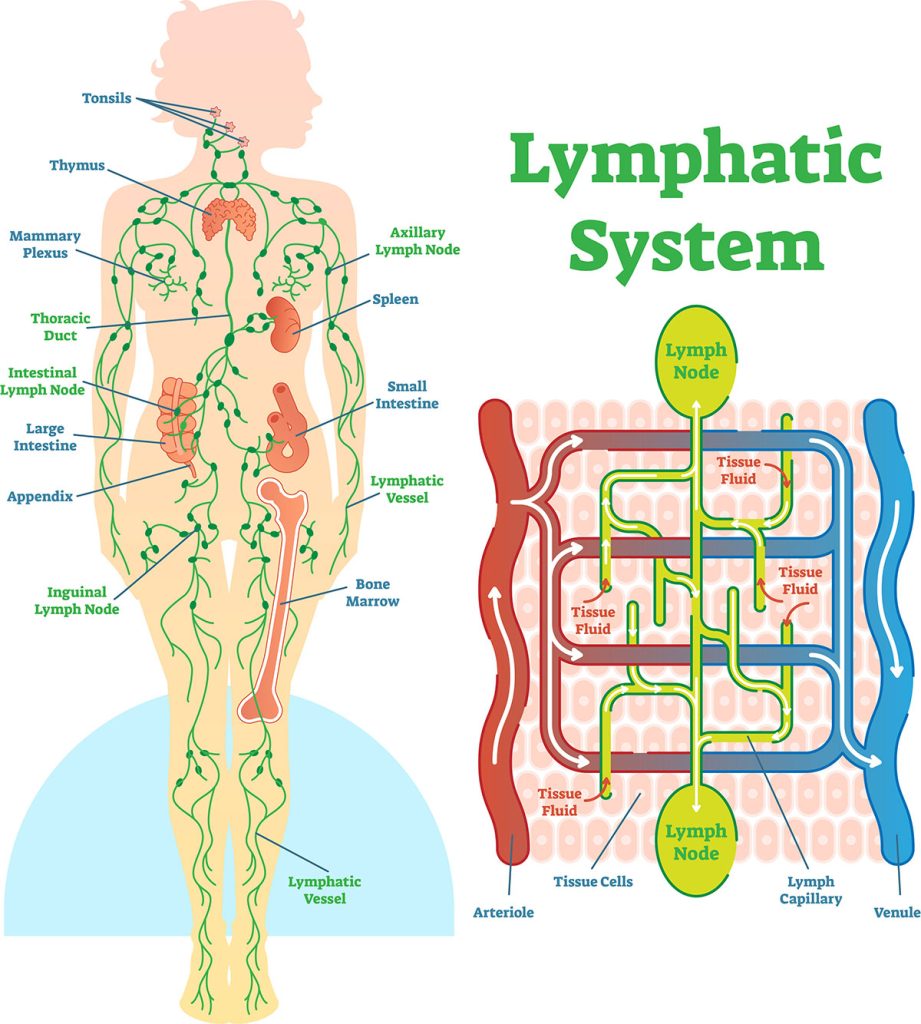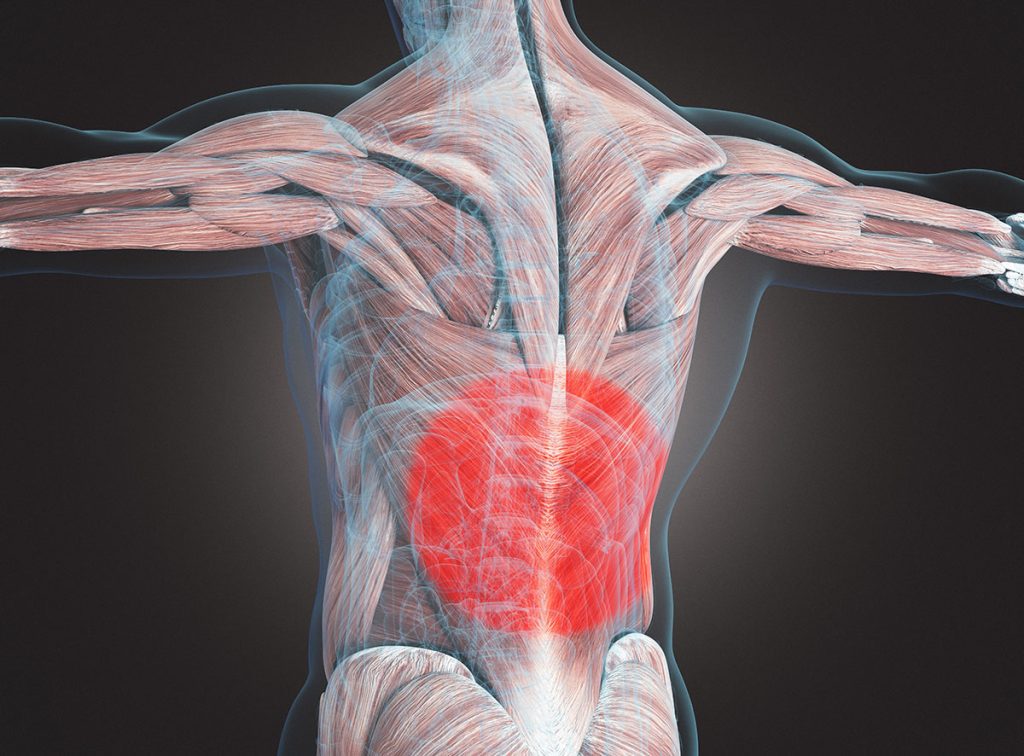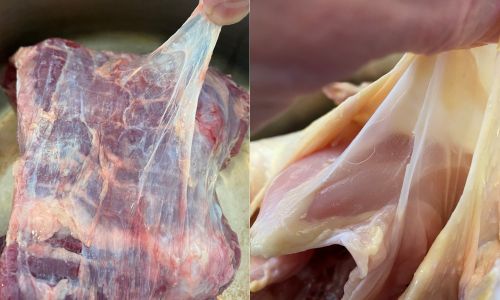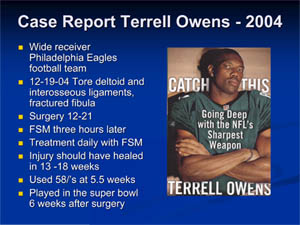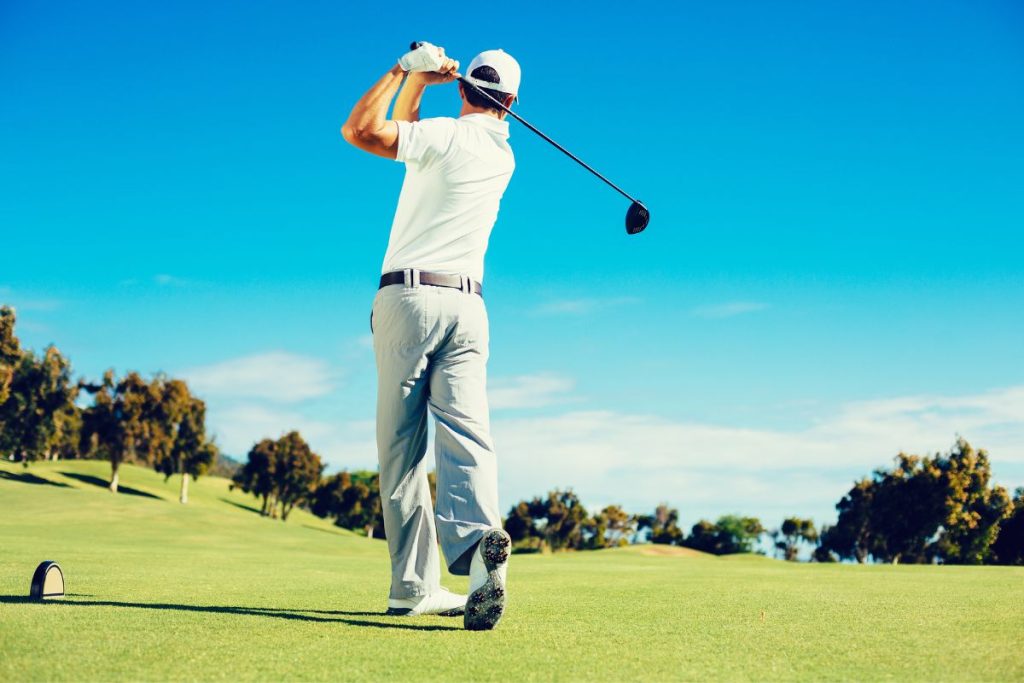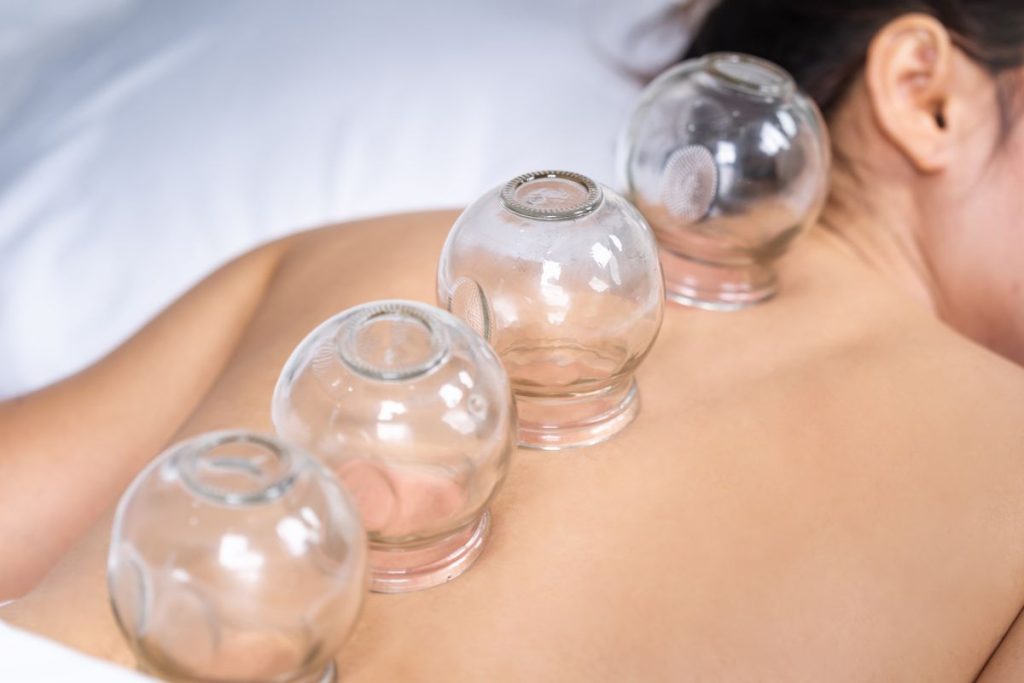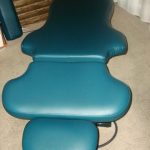Testimonials
As a competitive amateur bike racer, I was instructed to get regular massage by my coach. I started seeing Cindy in the fall of 2010 and the combination of coaching, training, and regular massage by Cindy led me to have my best racing season ever in 2011: winning (3) Arizona State Championship events for my age, as well as (2) other events, the best all-around rider for my age in the state of Arizona, and 40th place in the Masters National Championships. I will continue to see Cindy for recovery throughout my training and racing.
James Kramer
Cindy is that good! If you have ever had bodywork done and afterwards found yourself saying, “Wow, that person is good” then you know what to expect from Cindy. As a Chiropractor, I have sent her many clients with confidence, knowing they will receive excellent care. Personally, I rely on Cindy to help me maintain body balance and relief from injuries or pain associated with sports activities. I highly recommend Cindy!
Dr. Todd Meyers
In 2000 at the age of 43, I was diagnosed with “bone on bone” osteoarthritis in my right hip. My doctor said that the only solution was to have my hip joint replaced. Then, I met Cindy from Bodywork for Life. During the past 11 years, I have learned a great deal about joints, muscles, tendons, fascia, ligaments from Cindy and her team. I started with massage therapy and have added microcurrent, Pilates, and Egoscue exercises to my daily routine. As a result, I still have the same hip joint but have regained significant mobility, improved my gait, and have considerably reduced the amount of pain I experience each day. My goal is to continue to make improvements each week so that a hip replacement may not be necessary. Bodywork for Life is helping me achieve this goal.
Caryn Blanc
I purchased my very own Custom Care microcurrent unit from (Cindy) Bodywork for Life after suffering from Achilles Tendonitis for years. No more pain! I have since then used the machine for many reasons, including the Scar treatment after neck surgery and for my husband’s occasional bouts with Gout.
I am a 54 yr old breast cancer survivor and Cindy added the Hair Loss, Chemo Nausea and Radiation Removal protocols to my microcurrent unit to help me through that difficult time.
I take my machine with me on family vacations – and have done treatments on my 82 yr old mother, who has suffered from arthritis in her knee and on several of my sisters. From a broken ankle to nerve pain in the hip to a hysterectomy, my sisters have all remarked on how the treatments have helped them heal faster and feel better. In fact, one of my sisters just bought her own microcurrent machine for herself and her family. It’s a worth-while investment. Of course, if I lived in AZ I would get treatments directly from Cindy!
Sheila Bellingar
I have been getting bodywork from Cindy for about 8 years. I worked at a day care center where I was picking up babies and toddlers all day, reaching up on shelves, under tables, squatting down and bending over. The toll it had on my body was unbelievable pain!
When massage was recommended, I wasn’t sure what good THAT would do. Isn’t massage just a touchy feely relaxing thing? WRONG! Cindy has extensive training on all types of massage techniques. She was able to look at my body and see areas that needed treatment. Her expertise is knowing by touch how to eliminate the knots!
Because Cindy is always researching, when she trained on the microcurrent machine, it just added another important tool to her pain management techniques. The results of that treatment in coordination with massage is amazing. I would be on heavy duty pain pills if I had not found Cindy!
After massage had loosened up my muscles, and I could lift my arms over my head, Cindy suggested I take Pilates. She encouraged me, telling me it would strengthen my core and help my posture. So I did. Just learning how to breathe and stretch was amazing. Tami, the Egoscue and Pilates teacher is incredible. She has extensive training in this specialized method and her knowledge of muscles and how to exercise each one has to be the best in the valley! She sees the tiniest adjustment that makes a tremendous difference. I have also worked with her Pilates teacher, Laury. She has taught Pilates for several years and really knows what works! Her working method put me at ease immediately, and I could feel the results.
It’s hard to believe that tucked away in Cave Creek is the BEST team for pain relief and a true sense of well-being at Bodywork for Life.
Susan Kimsey
I'd like to take the time to write about Bodywork for Life. I discovered them quite by accident but am so happy that I did. I had a problem with my right shoulder and did not find help or relief from my regular physician. I contacted Bodywork for Life and made an appointment for the very same day. Within a few minutes of examining me and a few questions later Cindy diagnosed me with "frozen shoulder". She started me on a treatment course that very day. After my first visit I was able to move my shoulder...something I'd been unable to do for several weeks. It took several treatments to get the "frozen shoulder" completely healed, but without Cindy and her program at Bodywork for Life, well, I just can't imagine what I would have done. I still see her on an as need basis and cannot say enough for all of the help and relief from pain that she and her program have given me.
Karen Reese
Last year I had so much pain in my left hip that I could not play golf - climb a few stairs or even go for a walk. Limping was my style of walking. With Cindy's massages and Tami teaching me how to use my muscles correctly, I can now enjoy activity again. In fact I plan on hiking in and out of the Grand Canyon next May because with Cindy massages I know she will help me reach this goal. Thanks!
Linda Dabbs
I’ve been a massage/microcurrent client of Cindy’s for years and I’ve also worked extensively with Tami in Pilates/Egoscue. They are both highly skilled and knowledgeable, and I appreciate how they tailor the sessions to my particular needs and goals. Friendly, too! I highly recommend Bodywork for Life.
John G
When I first went to see Cindy at Bodywork for Life, I was skeptical that she could do much if anything to help me. Thankfully, I was wrong and Cindy is the closest to a miracle worker I have ever experienced. Because of her, my back is greatly improved, and she was even able to help a broken foot heal quickly with her microcurrent treatments. Tami is so much better at Pilates than any other person I have been to and has helped me also. What a great team you have. Thanks for improving my health concerns!
Charlotte Pyles
Bodywork for Life is the first (and last) place I call when I have a musculoskeletal issue, and it is the first place I recommend to family and friends who are struggling with musculoskeletal pain. I am always impressed with Cindy’s deep knowledge of musculoskeletal issues, and thankful for her skill in getting me out of whatever pain I have -- be it from sitting at a computer designing with a hunched shoulder for too many hours, or from hiking the Grand Canyon. She is the best massage therapist I have experienced, and has my highest recommendation.
Andrea Dickey Genette
I have been a client of CIndy Bates for at least 10 years and I think her abilities as a massage therapist are amazing. Basically she enables me to continue playing tennis, hiking and playing golf. I am very happy and privileged to have her in my life.
Jane Rosenblum
I have been a client of Bodywork for Life for over three years. I feel this more than qualifies me to say that Cindy Bates is a very gifted
and caring massage therapist.
Cindy's practice is all about healing and wellness. She asks questions and
listens well. This practice enables me to be an active participant in my own healing
process.
I carry my daily stresses in my neck and shoulder area. I leave Cindy's
office freed up from pain and with a deep feeling of well-being.
This is Cindy's commitment to all her clients.
SS
Cindy has been my therapist for nearly 10 healthy years. She is not your typical masseuse. Using hot rocks, pressure point & deep tissue therapy, has been life saving for me. She constantly strives for excellence in her field by continually furthering her education. Anyone who is serious about feeling healthier, needs to let Cindy put her magic to work on you. Thanks Cindy.
Marie
Cindy Bates is an accomplished professional, dedicated to using bodywork to eliminate pain and heal. Her skill as a massage therapist combines with her deep knowledge of the use of microcurrent to produce dramatic outcomes. I personally benefit from her work and enthusiastically recommend her. Microcurrent is a miraculous modality. This technology assists and amplifies the effects of massage, releasing muscles, reducing inflammation and restoring movement. It eliminates pain.
Andrea Chilcote
As you know, I have had a spinal fusion, four knee replacements, and surgery to straighten my toes. Somehow I have also damaged a rotator cuff.
The application of Microcurrent and Massage Therapy has released adhesions present in each of these areas. The results were very noticeable after one treatment. I have increased range of motion in my shoulder, and both shoulders are more relaxed and down from my ears. My back, hips and knees are more flexible. An added bonus is my improved balance.
I look forward to having you work on me further and thank you for your skill, your dedication to your work and your sincere care for your clients.
Jacquie Goodspeed 